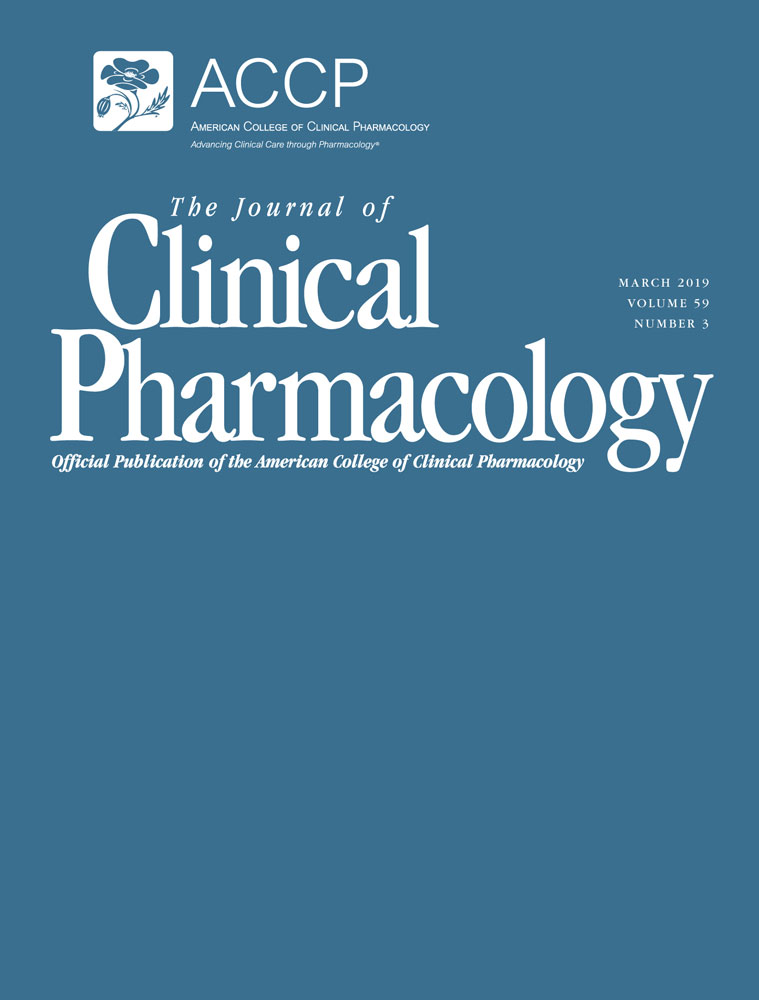
“Chronic pain is common, costly and challenging to treat. Many individuals with chronic pain have turned to cannabis as an alternative form of pain management.
We report results from an ongoing, online survey of medical cannabis users with chronic pain nationwide about how cannabis affects pain management, health, and pain medication use. We also examined whether and how these parameters were affected by concomitant recreational use, and duration of use (novice: <1 year vs. experienced: ≥1 year). 1,321 participants (59% female, 54% ≥50 years old) completed the survey.
Consistent with other observational studies, ∼80% reported substituting cannabis for traditional pain medications (53% for opioids, 22% for benzodiazepines), citing fewer side effects and better symptom management as their rationale for doing so. Medical only users were older (52 vs. 47, p<0.0001), less likely to drink alcohol (66% vs. 79%, p<0.0001), and more likely to be currently taking opioids (21% vs. 11%, p<0.0001) than users with a combined recreational + medical history. Compared to novice users, experienced users were more likely to be male (64% vs. 58%, p<0.0001), take no concomitant pain medications (43% vs. 30%), and report improved health (74% vs. 67%, p=0.004) with use.
Given that chronic pain is the most common reason for obtaining a medical cannabis license, these results highlight clinically important differences among the changing population of medical cannabis users. More research is needed to better understand effective pain management regimens for medical cannabis users.
PERSPECTIVE: This article presents results that confirm previous clinical studies suggesting that cannabis may be an effective analgesic and potential opioid substitute. Participants reported improved pain, health, and fewer side effects as rationale for substituting. This article highlights how use duration and intentions for use affect reported treatment and substitution effects.”
https://www.ncbi.nlm.nih.gov/pubmed/30690169
https://www.jpain.org/article/S1526-5900(18)30735-1/fulltext
 “The World Health Organization has proposed rescheduling cannabis within international law to take account of the growing evidence for medical applications of the drug, reversing its position held for the past 60 years that cannabis should not be used in legitimate medical practice.”
“The World Health Organization has proposed rescheduling cannabis within international law to take account of the growing evidence for medical applications of the drug, reversing its position held for the past 60 years that cannabis should not be used in legitimate medical practice.”







 “Healthcare providers play a critical role in facilitating patient access to medical
“Healthcare providers play a critical role in facilitating patient access to medical 